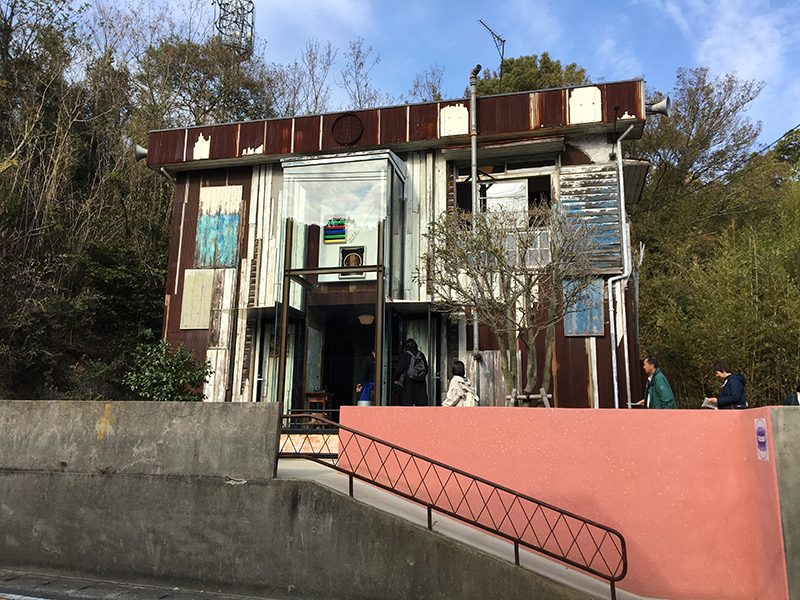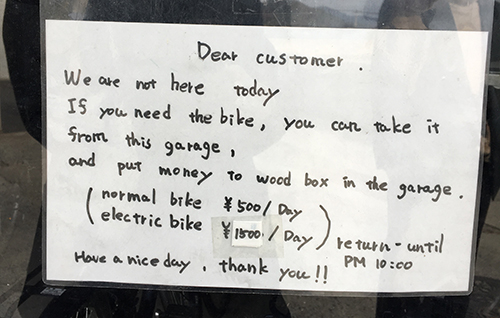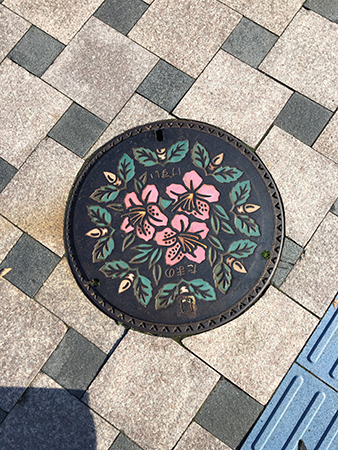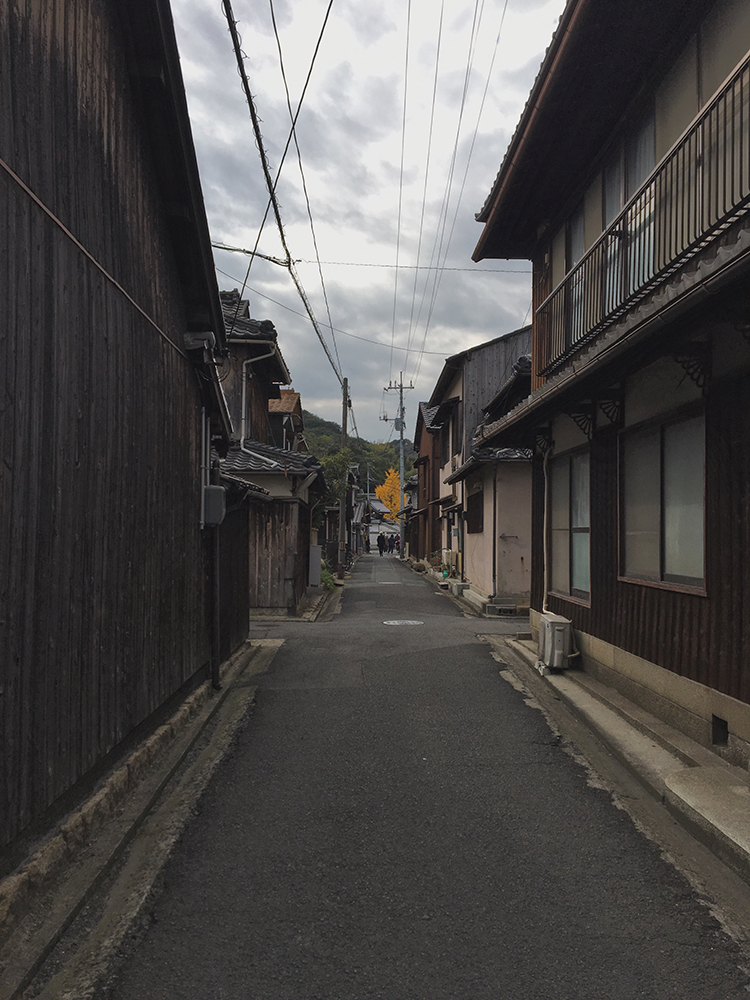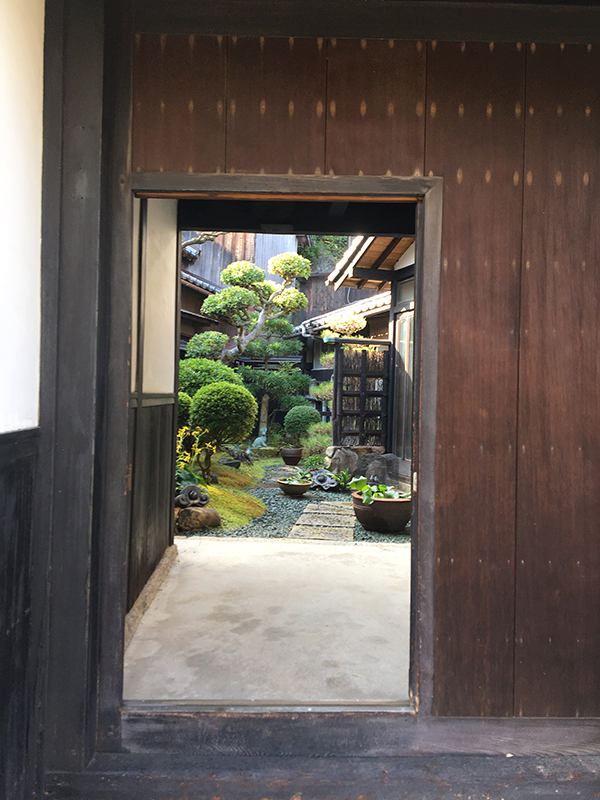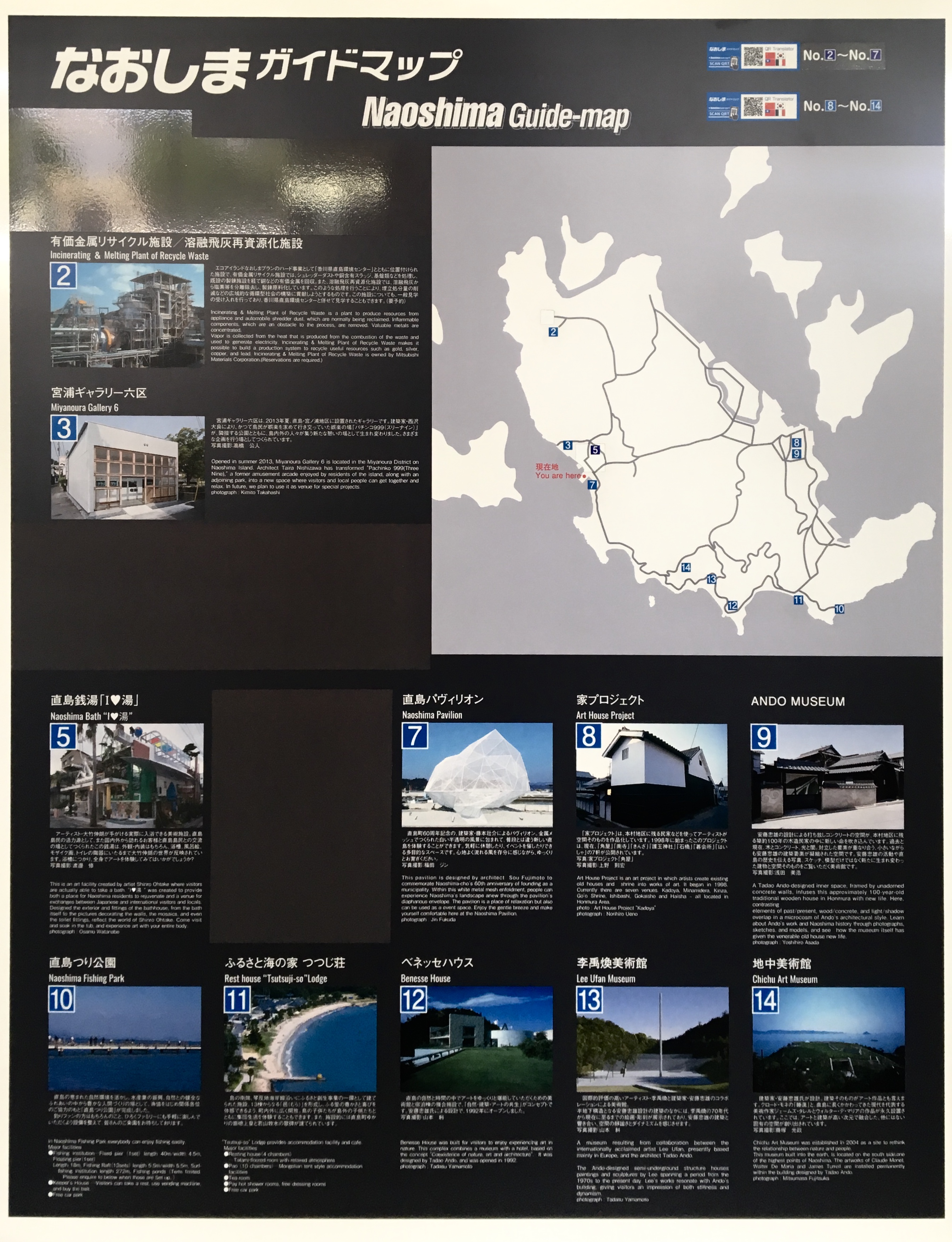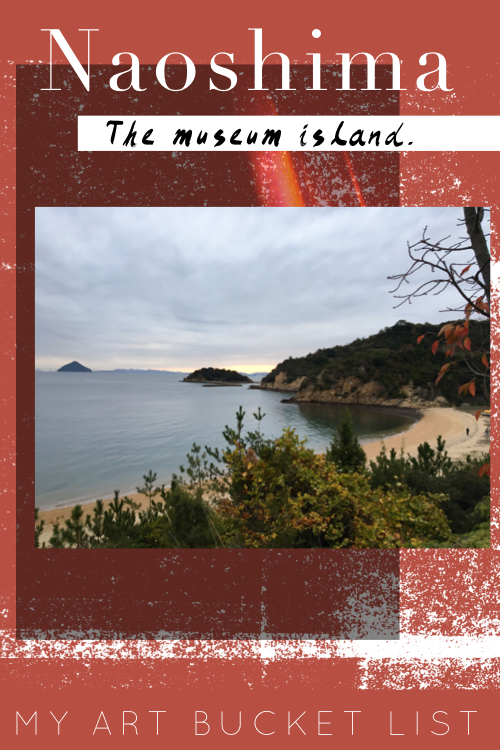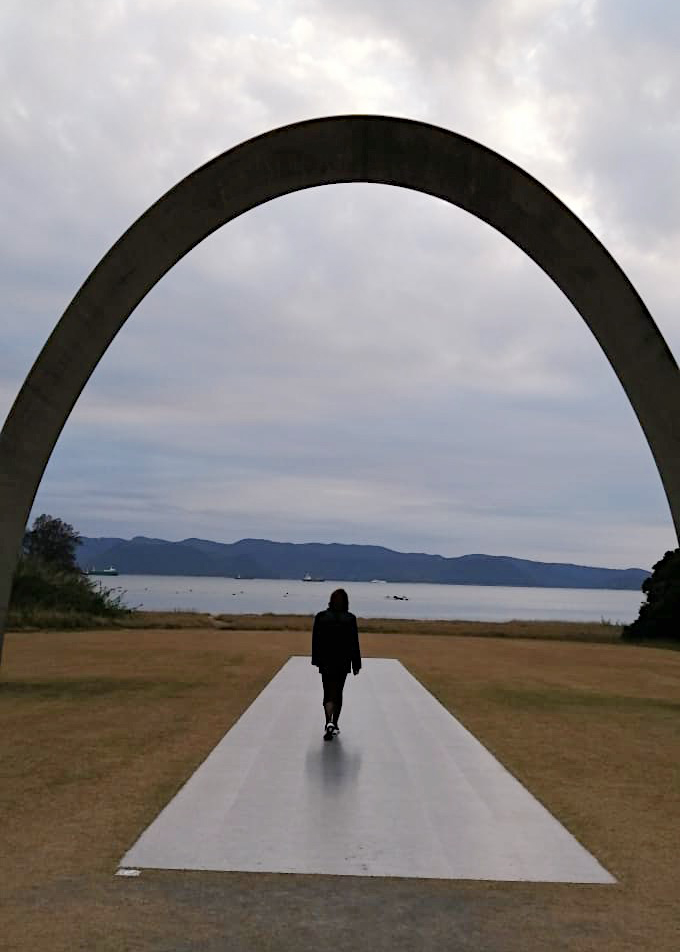Hello fellow art-lovers and happy 2020! So many travels happened in 2019…
I hope you are ready to embark on many new destinations to be added to this blog.Let’s start with what I believe was the most incredible discovery for me in the last year: JAPAN.
And I must say more precisely NAOSHIMA, also known as Benesse Art Site Naoshima.
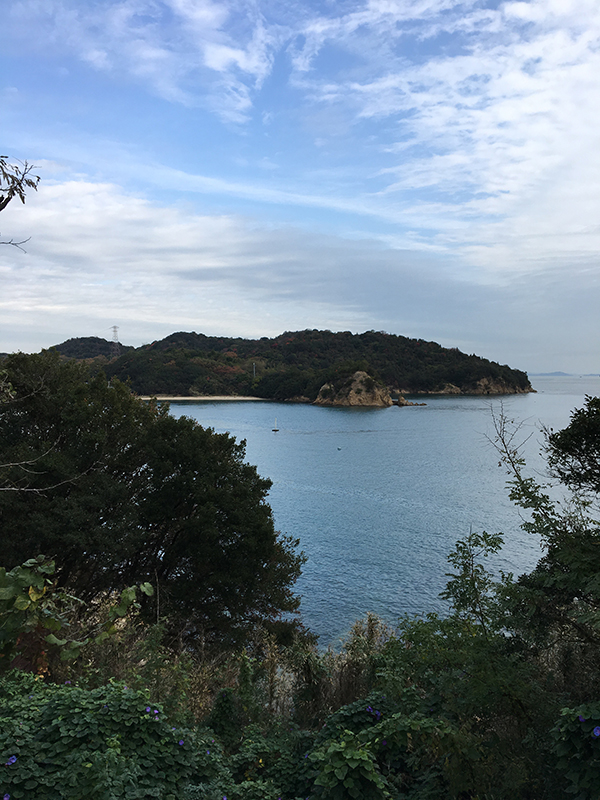
Benesse Art Site Naoshima
It was definitely on my art bucket list! And I have to go back to see the other islands (which have other art museums and projects as well) : Inujima and Teshima.
The project spanned over 30 years, from several people who wanted to make this both an amazing art destination as well as developing project with the local communities.
Now the island Naoshima hosts 3 museums:
Chichu Art Museum
Lee Ufan Museum
Benesse House (which is also a luxurious hotel).
Tokyo > Kyoto > Naoshima > Hiroshima > Tokyo
All of this happened in 11 days. I know that is a lot and probably too much for many but I must say I wanted to see as much as I could!
Coming up:
- tips on travelling to Japan
- Art places in Tokyo
- And many more…
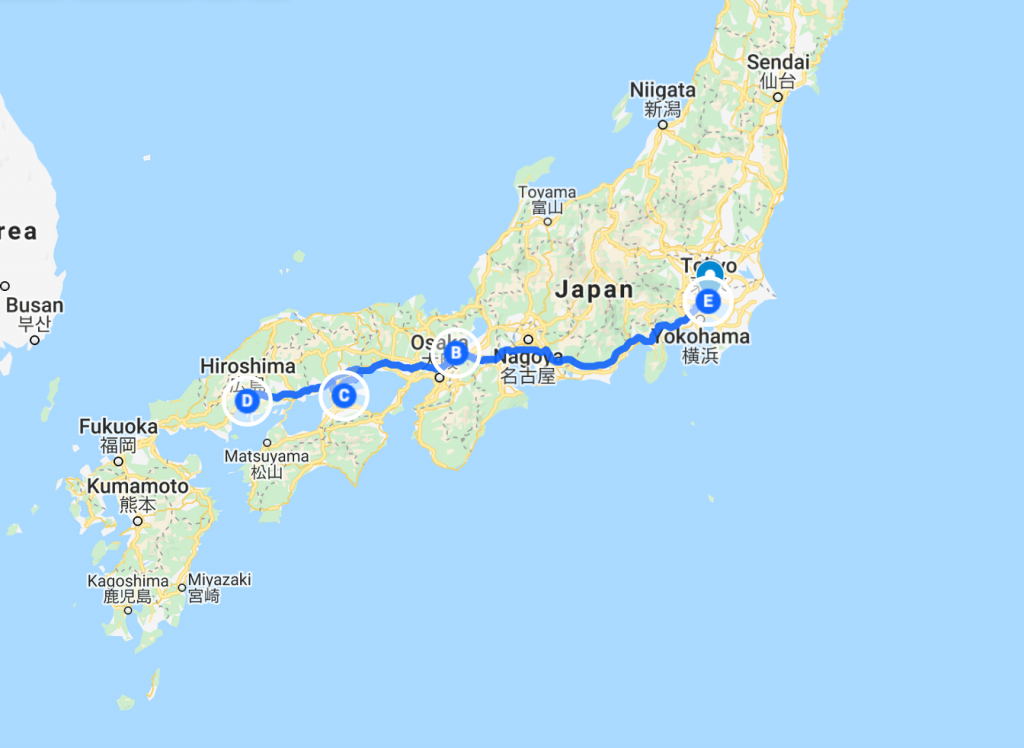
Japanese architect Tadao Ando, who has his own museum on the island as well, designed them all.
The island also hosts the Setouchi Trienale art festival, if you can manage to go during that time I believe you would see even more art! But plan ahead it only happens every 3 years (I just missed the last one by a few days…).
Finally you can also discover the 7 Art Houses, for which artists take empty houses and turn the spaces into works of art.
This was incredible as well, imagine ancient residential buildings with all of their history hidden being in conversation with an artist’s work.
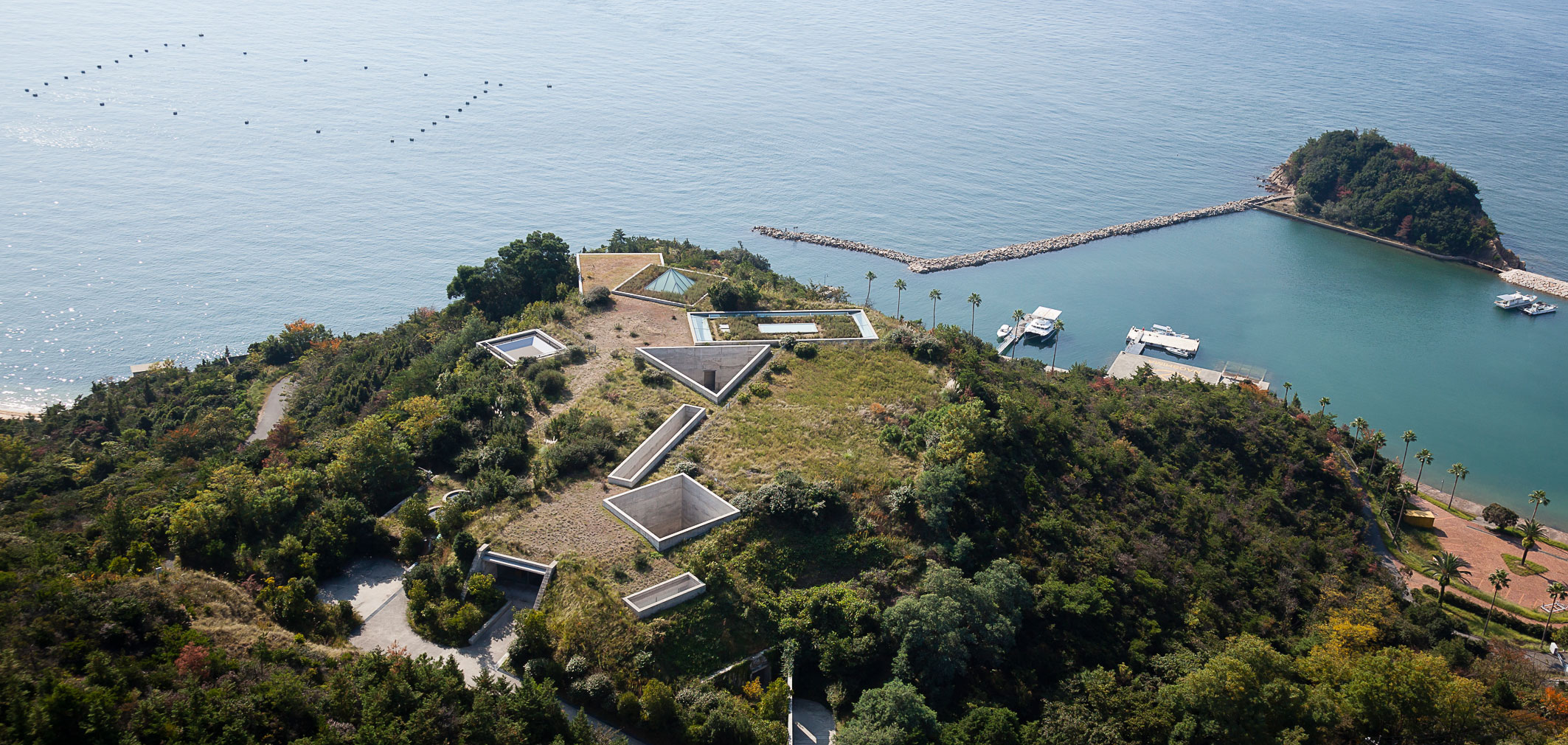
Chichu Art Museum
“Chichu Art Museum was constructed in 2004 as a site rethinking the relationship between nature and people. The museum was built mostly underground to avoid affecting the beautiful natural scenery of the Seto Inland sea. Artworks by Claude Monet, James Turrell, and Walter De Maria are on permanent display in this building designed by Tadao Ando. Despite being primarily subterranean, the museum lets in an abundance of natural light that changes the appearance of the artworks and the ambience of the space itself with the passage of time, throughout the day and all along the four seasons of the year. Taking form as the artists and architect bounced ideas off each other, the museum in its entirety can be seen as a very large site-specific artwork.”
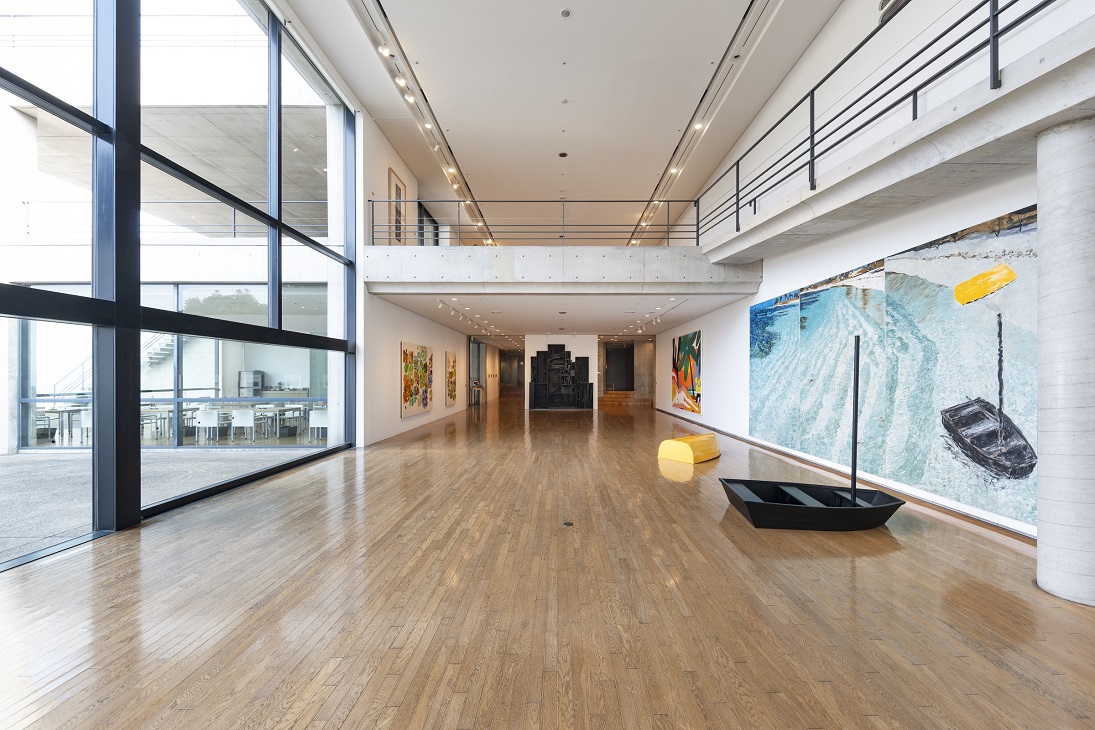
BENESSE HOUSE MUSEUM & HOTEL
“Benesse House Museum opened in 1992 as a facility integrating a museum with a hotel, based on the concept of “coexistence of nature, art and architecture.” Designed by Tadao Ando, the facility is built on high ground overlooking the Seto Inland Sea and features large apertures that serve to open up the interior to the splendid natural surroundings. In addition to exhibiting the painting, sculpture, photography, and installations in its collection, the Museum also contains permanent site-specific installations that artists have created especially for the building, selecting locations on their own and designing the works for those spaces. The Museum’s artworks are found not just within its galleries, but in all parts of the building, as well as in scattered locations along the seashore that borders the complex and in the nearby forest. Benesse House Museum is truly a rare site where nature, art, and architecture come together, in an environment containing numerous site-specific works created for the natural environs of Naoshima or inspired by the architectural spaces they inhabit.”
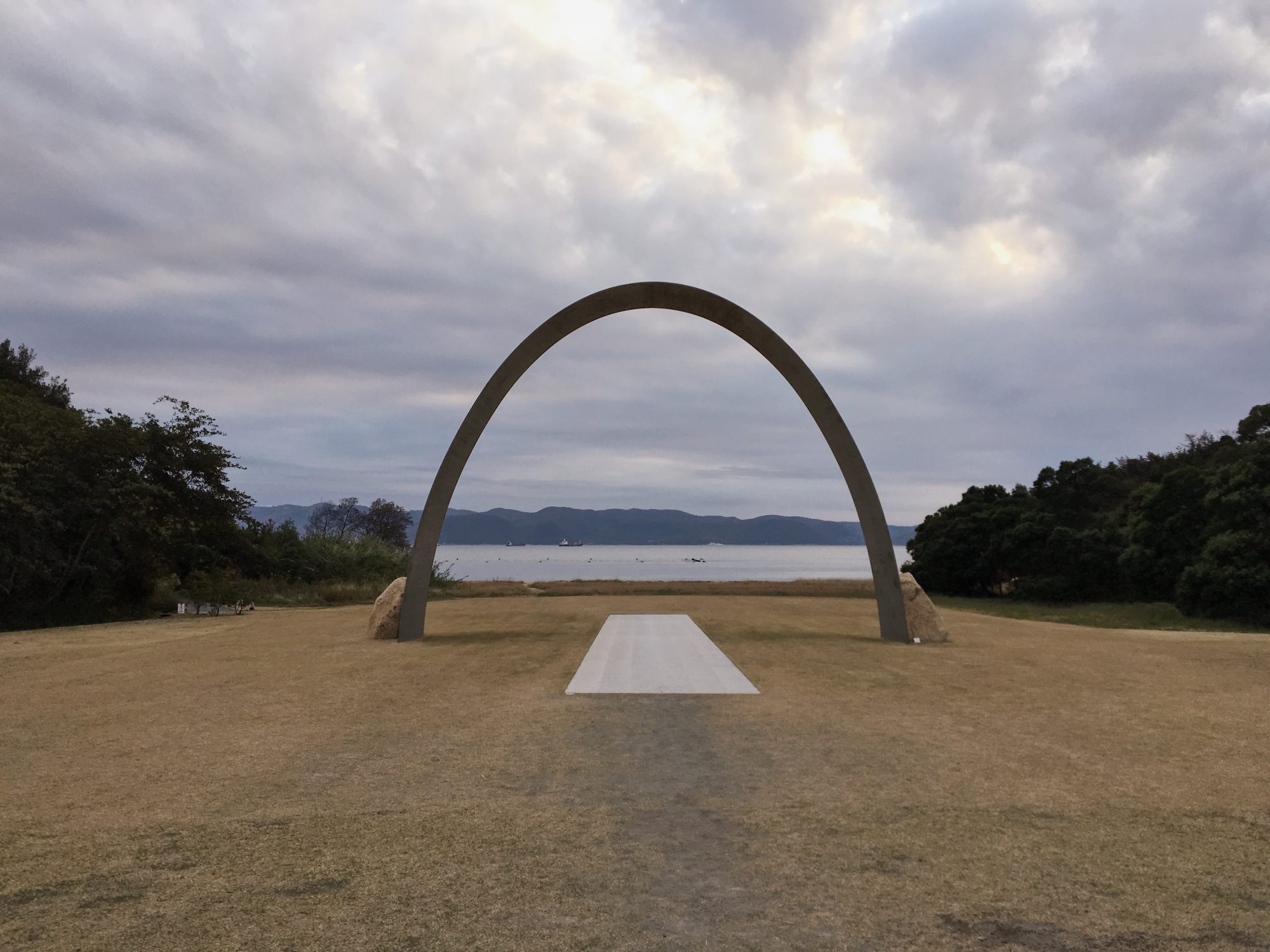
LEE UFAN MUSEUM
“A museum resulting from the collaboration between internationally acclaimed artist Lee Ufan, presently based mainly in Europe, and architect Tadao Ando.
The Ando-designed semi-underground structure houses paintings and sculptures by Lee spanning a period from the 1970s to the present day. Lee’s works resonate with Ando’s architecture, giving visitors an impression of both stillness and dynamism. Located in a gentle valley surrounded by hills and the ocean, the museum offers a tranquil space where nature, architecture and art come in resonance with each other, inviting to peaceful and quiet contemplation, in a society overflowing with material goods.”
TIPS
Book a hotel on the island.
So you don’t have to worry about catching the last ferry. For those of you who are feeling fancy, why not stay atBenesse House Hotel (yes inside the museum, for about 300€ for one night). If you are like me (meaning sees as much as possible) and are planning many places to visit, below is the hotel we stayed at, nice and on the island!
Rent a bike, an electric one!
The island is big and not flat, hence the electric bike. If the weather is nice do not hesitate, rent a bike and go explore the beautiful landscapes while on your way to the next art space. Stop to admire the beaches, take a few pictures and enjoy this moment out of time.
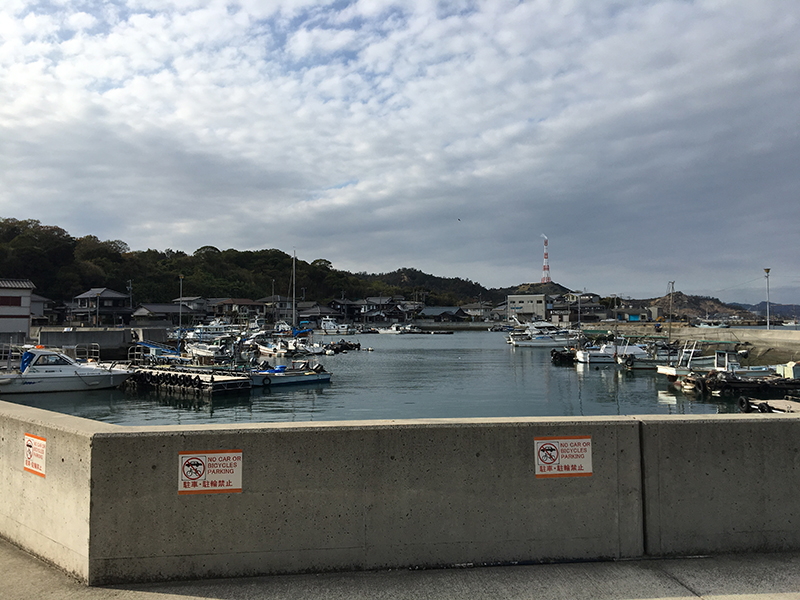
Have a coffee at Salon Naka-Oku
This cute place in Honmura was so nice, a perfect break from visiting all of the art houses. Yes I did them all, I had to, they gave me a stamp for visiting each one. I felt like I was back in school on an orientation run x).
Book early
Get your tickets in advance for the Chichu museum. And even for the hotel as soon as you can. It is always a good idea to plan ahead. Avoid the stress 🙂
You have now all the info you need to plan your trip to Naoshima!
I cannot recomend this place enough. Of my whole trip in Japan it probably takes the #1 spot…
No map this time, because, well, you do not really need one! I will leave you with the one provided upon arrival on the island. I am sure it will be more than enough 😉
